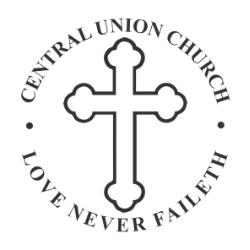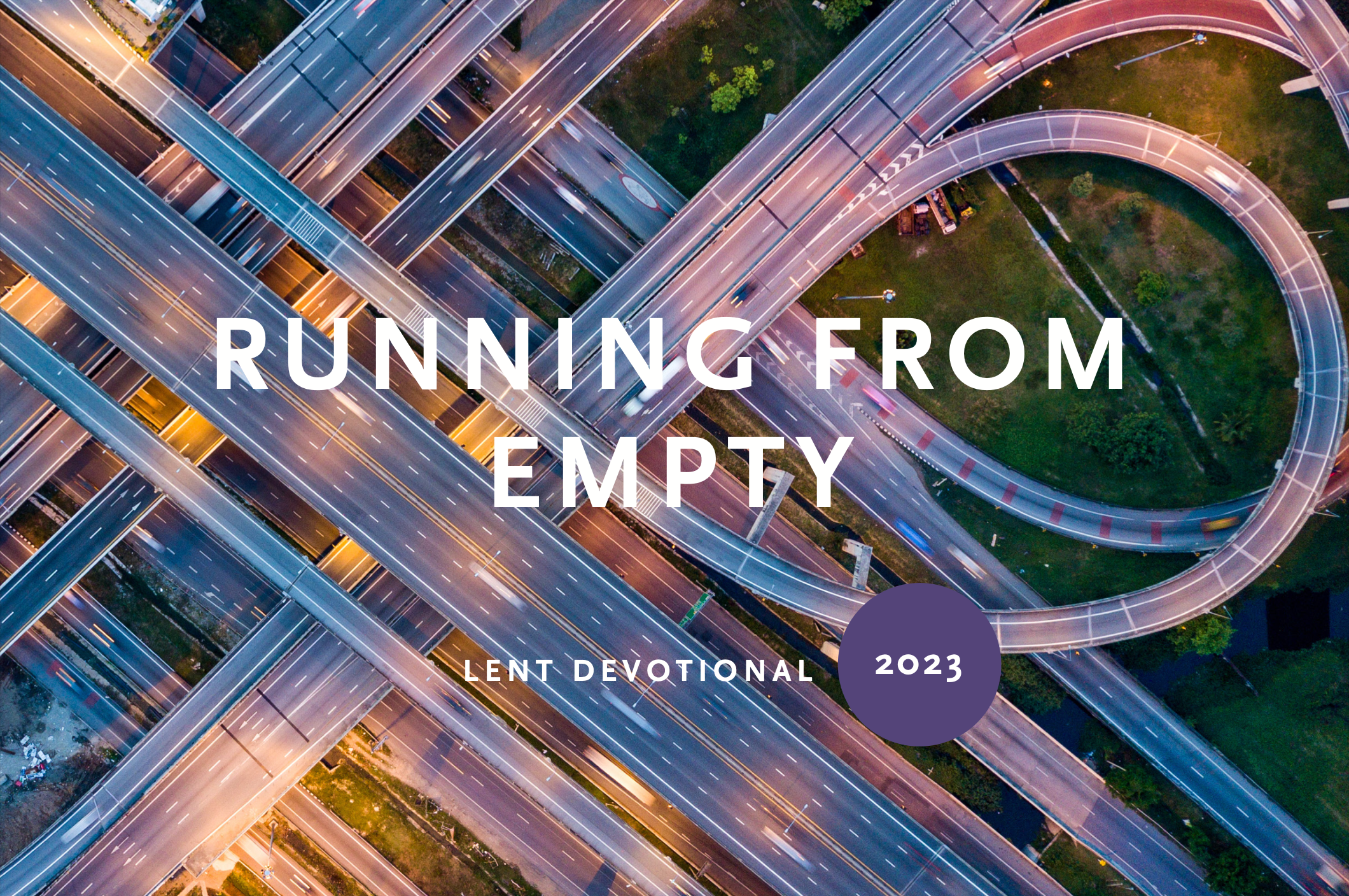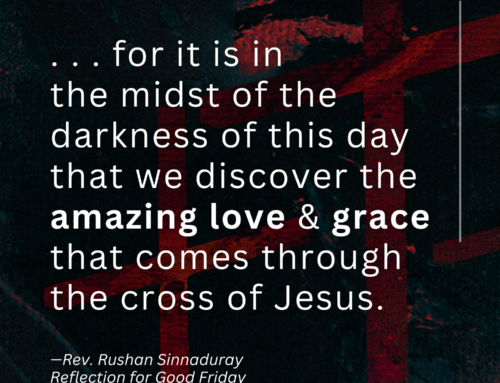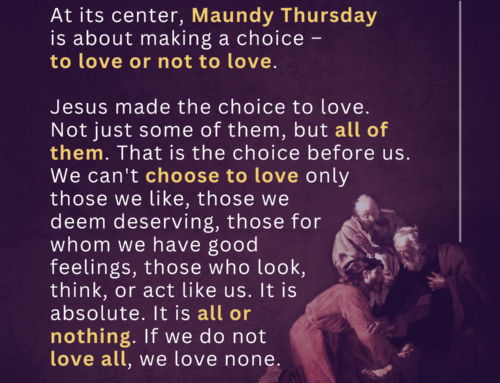 About the Writer:
About the Writer:
VINCE AMLIN is Co-Pastor of Bethany United Church of Christ in Chicago and co-planter of Gilead Chicago.
Source: “Running from Empty” | 2023 Lent Devotional by the Stillspeaking Writers’ Group, made up of United Church of Christ ministers and writers who collaborate on resources for people in the church, outside the church, and not sure about the church.






